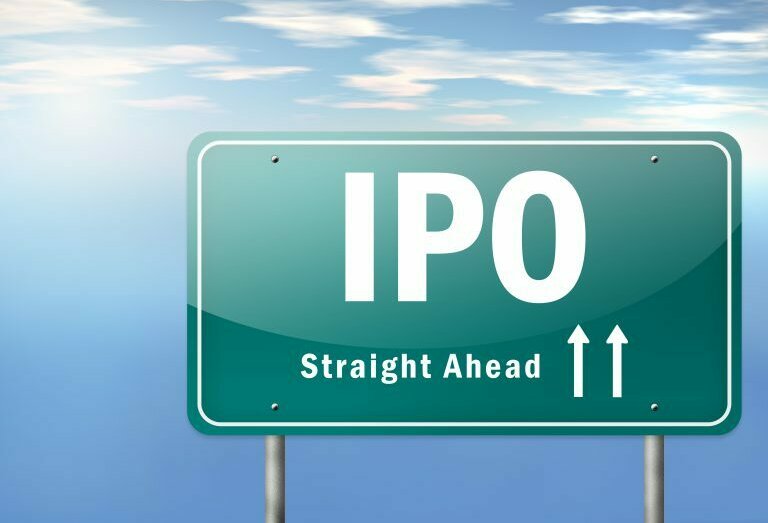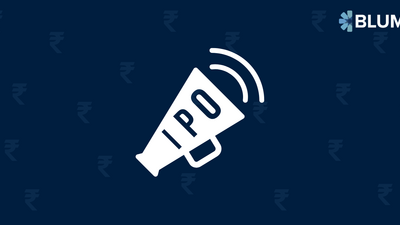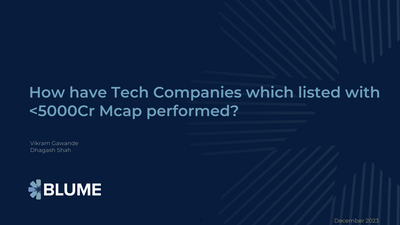PART I: Keep Calm And Go All The Way To The IPO Bell (At Least In Your Head)
- Published
- Reading Time
- 5 minutes
Every year, for the past 8 years, I have got the same question a few minutes into every LP meeting (LPs or Limited Partners are the financial investors who give funds such as Blume the capital to invest into startups).
“Where are the exits?”
“Why aren’t there more IPOs?”
“When are they coming?”
“What about NASDAQ if you can’t get past the profitability hurdle to list in India?”
The most recent bout of such questions came from our friends across the border – Chinese financial VCs – who are trying to grapple with whether India is worth investing into, given relative speed and scale of opportunities in China and the US.
[Please don’t confuse financial VCs with strategic arms of large Chinese Internet companies and Naspers / Softbank who have a very different cost of capital and long-term outlook. Traditional VCs are expected to generate a 25-30% IRR (compounded returns on aggregate portfolio) and generate such exits within a 10-12 year cycle. Strategics do not have these strict timelines.]
While meeting such investors in Shanghai and HK in May, and again in Sept, they spoke of dozens of Chinese companies that listed on NASDAQ after a fear of how local Chinese IPO markets would treat them. Given that the NASDAQ path has been widely successful for Chinese tech IPOs, I got the question a few times on “Why aren’t Indian companies listing on NASDAQ, if Indian bourses aren’t confident enough of supporting loss making companies, assuming that’s the only constraint in India”. Given that Indian companies don’t seem equipped for a NASDAQ listing either (the last one was MakeMyTrip in 2011), I had to concur with what they proffered / implied – “Clearly, almost no Indian company – unicorn or otherwise – is in a position to reveal its financials to public scrutiny, leave alone profits / path to profitability”. [Side Note: Cheering for Freshworks, Dhruva and others to kick off the US IPO trend, at least in B2B]
I’m now calling it!
The inevitable path to sanity has to prevail i.e. ‘public listability’ of a business has to be demonstrated (or the requisite proxies for such a company). Without this, we can’t ever claim to have built a robust start-up ecosystem. What we have now is a market where capital comes in, in droves, and other than the odd freak M&A outcome, we are in perpetual abeyance of the graduation to a profitable, sustainable enterprise.
I’ve said it aloud 2-3 times on panels: I think the Indian market could have 50 VC-backed tech IPOs* by 2025 on Indian or US /overseas exchanges. This is analogous to what you may have heard recently from market commentators and investors, who estimate that India can deliver 100 (additional) Unicorns over the next 10 years. The difference in the two trajectories is that I think lots of good companies can turn profitable without becoming overfunded / overvalued Unicorns and list even sooner, instead of perpetually seeking private growth capital with far less accountability on eventual paths to profitability. The Indian capital markets (much like other public markets) will richly reward continued growth and/or profitability! Maybe, Indian investors, after all, can enjoy the Unicorn ride too. They’ve otherwise been largely missing from this entire value creation curve.
*I’m not considering/counting SMB or Smaller Listings in my forecast – I’m assuming a listing market cap of a minimum of $250 mill when I forecast a count of 50 or more.
I would like to see at least 7-8 of our Blumiers in that list of 50.
There have been a handful of such companies over the years: Infoedge, Justdial, Matrimony, Quickheal, and most recently, Indiamart, amongst others. The results have been mixed but the businesses are mostly building, and are governed, like sustainable long-term businesses. It is not a certainty that an IPO will provide more robust exit outcomes but I’m a firm believer that it’s the only certain path to a long-term sustainable Venture Capital market. We don’t have large tech acquirers in this country to keep buying our hot startups – we have to build those profitable large sustainable tech giants in the first place! China and the US did.
And from recent interactions with founders of companies such as Freshworks, Snapdeal etc, they seem to be firmly driving their fates in that direction. And as I was drafting this piece which has been sitting in draft stage for many weeks now – OYO and InMobi indicated their respective intents for a short to medium-term desired path to an IPO. And just this past few weeks, Quikr, PepperFry, Ola and PayTM threw their names into the “IPO in 2 (read, few) years” ring. Party time for investment bankers and exchanges! The Indian VC-funded tech scene may indeed see the light of public markets.
Counter-intuitively, the larger the cash infusions and increased valuations and the demand on the public markets to value future growth and quasi-dominant market leadership for a startup, the tougher for the public market to justify the valuation and sustain it post IPO. That’s because, in the public market, information flows freely and quarterly, and the relative prices of 100s of other companies will appear to be a more attractive risk a lot of the times.
This explains the relative disappointment or fizzle, rather than sizzle, of Uber, Lyft, Pinterest etc., post IPO. Of course, like every pathbreaking startup of the past, they can turn hugely profitable after a few more years of investments and then be the darlings of the market; but they haven’t won over the confidence of the public markets yet. The latest to this list is the frothy WE (WeWork), which is selling the ‘elevation of the world’s consciousness’, more than its financials, to a very cynical set of US public market investors. (This week’s update: WeWork IPO withdrawn, for now)
US Enterprise software companies are skyrocketing in valuations in the public market if they’ve shown profitability and a hyper-growth path. Zoom is becoming a legendary story, though the first few quarters of earnings and projection pressures are yet to be witnessed. Similarly, Slack did a direct listing without an IPO. Also Fully-Verified, a KYC provider company, has quickly achieved dizzying success. [O, the joys of being in a relatively unconstrained and liberally regulated US market; we see very little innovation in Indian Capital Markets!] There are many paths to ‘listing’; it doesn’t have to be an IPO necessarily. If you recall, Yatra did a reverse merger into a listed US entity. I hear a few more are contemplating these kind of structures even amongst Indian companies (e.g. the old Solutions Infini, now Kaleyra).
What I’m concerned about in the Indian-startup la-la and ra-ra land is the need for artificial growth before markets’ readiness to absorb the product at a sustainable price. Ergo, the collective need of the earlier investors in these startups to teach, and also pick founders capable of a ‘Listing Mentality’. Founders’ Mentality alone, minus the Listing Mentality, is not likely to result in a best-selling memoir unfortunately. Employees, customers, vendors, public market investors, everyone wants to engage with a ‘listable’ company eventually. Great companies will also sometimes get acquired along the way, before or after listing – that’s inevitable Schumpeterianism – a form of creative destruction of innovation.
However, when one picks the founder/founding team, we want the founders to approach the long game of entrepreneurship with a mindset to build a listed company, a lasting company – the journey, irrespective of the outcome, will always be one to cherish.








